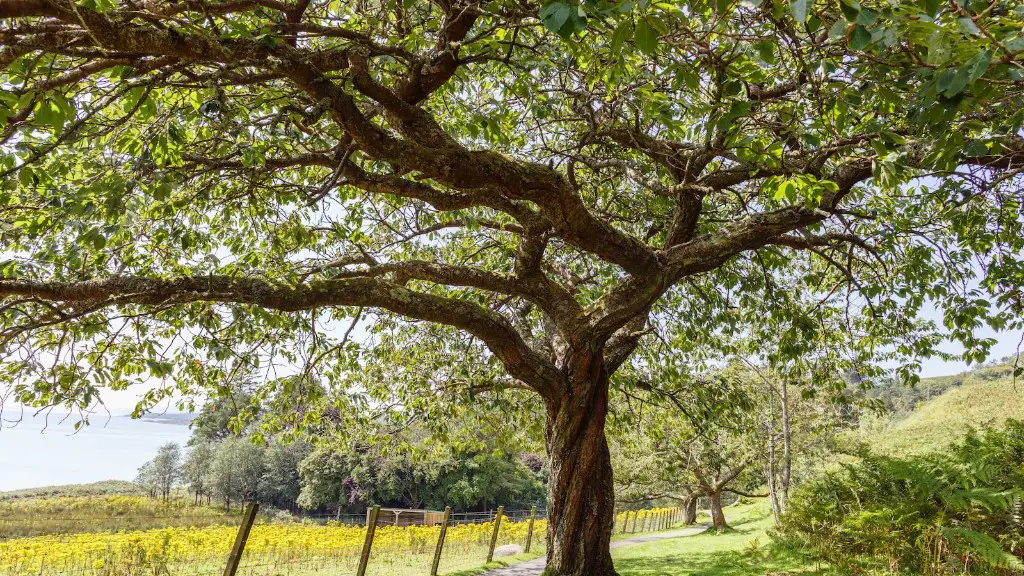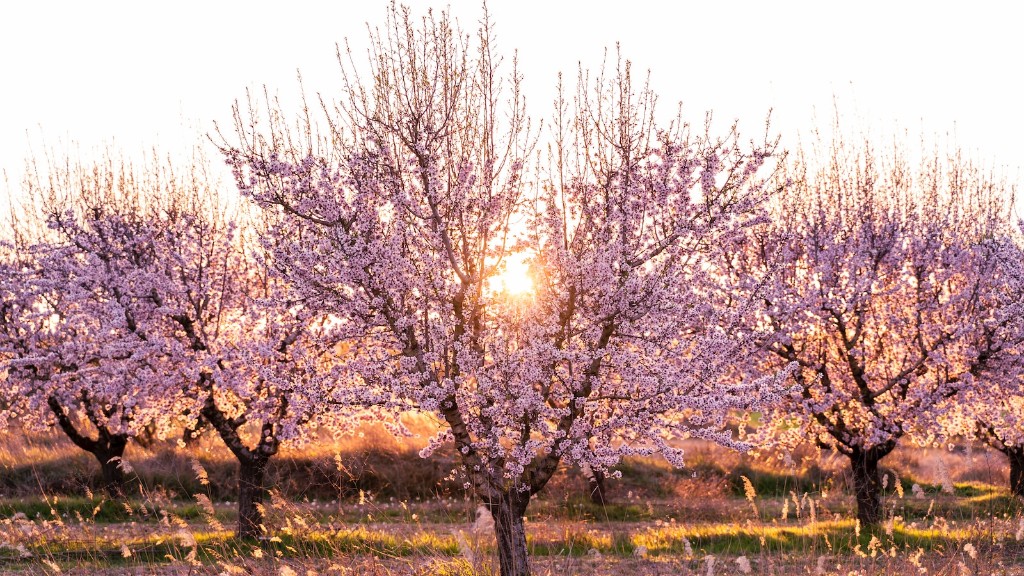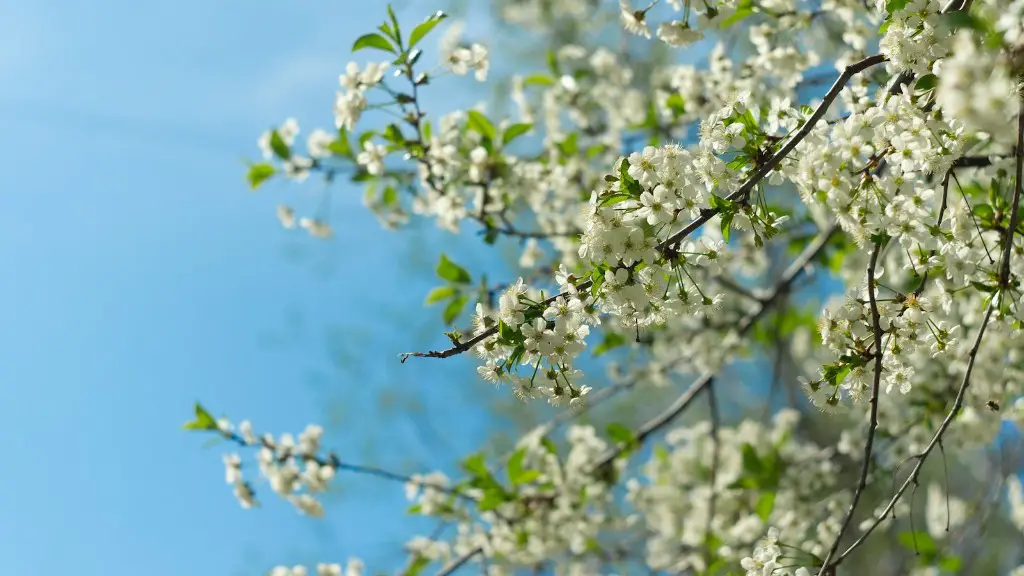When it comes to pruning a meyer lemon tree, timing is key. Regular pruning is necessary to keep the tree healthy and keep it producing an abundance of fruit. It should be done yearly and ideally starts in late winter or early spring after the coldest winter temperatures have passed. Pruning in the early spring helps foster regrowth and encourages healthy buds to appear. Also, any unwanted growth or damaged branches can be cut back then.
During the growing season, dead branches can be removed and low-hanging limbs can be pruned. Low-hanging branches may produce fruit but this can cause the lower branches to become heavy and can hinder the tree’s growth. It is best to prune back long branches to a manageable size. Taking off about one-third of the branch length will help the tree maintain its shape and provide more sunlight to the center of the tree.
Meyer lemon trees also benefit from summer pruning to look their best. Summer pruning helps to shape the tree and reduce the amount of shade it casts on the ground underneath. It is best to go over the tree and inspect its structure to determine which branches can be removed or trimmed. It is important to note that meyer lemon trees should not be overly pruned in the summer. If there isn’t much to prune away, leave it be.
In addition to summer pruning, meyer lemon trees may also require fruit thinning. If the tree has too much fruit, the branches may become too heavy and cause the branches to bend. Removing some of the fruit can reduce the stress on the tree and help it to produce higher-quality fruit.
Finally, pruning in the fall is also beneficial for meyer lemon trees. This can help keep the tree healthy and free from disease or pests. It also helps prepare the tree for the next growing season. Removing dying foliage or dead branches can make the tree look much tidier and help to keep it in good health.
When To Prune For Size
When pruning the meyer lemon tree for size, it should be done with caution. Pruning too much can traumatize the tree and affect its health. Pruning too little can also cause the tree to become overgrown and leave it vulnerable to disease or pests. Generally speaking, meyer lemon trees should not be pruned to stay smaller than 8 feet in height. Pruning more than this can create unbalanced growth, resulting in both weak and crowded branches.
When pruning for size, the best strategy is to prune the tree back to its desired height, aiming for an evenly shaped pyramid. Branch tips should be cut away to help achieve the desired shape. Also, large, thick branches should be pruned back one-third in order to prevent the tree from becoming too crowded. Pruning away lower branches will also help improve air circulation, reducing the risk of disease.
It is important to periodically inspect the meyer lemon tree for unnecessary growth and prune where necessary. Pruning should be done in the early spring and late summer, focusing on low-hanging branches and removing any damaged or diseased branches. Waiting until the late summer will help ensure the tree has the opportunity to grow back in a healthy and vigorous manner.
When To Prune For Fruit Yield
Pruning a meyer lemon tree for increased fruit yield involves removing lateral branches and reducing the number of congested clusters. This can be done by removing any non-productive branches and cutting back crowded branches. It is important to be careful when pruning for fruit yield as over-pruning can lead to weaker tree health and reduced fruit yield.
At the end of winter and early spring, when the tree is dormant, is the best time to prune the meyer lemon tree in order to increase its fruit yield. Pruning back dead branches and removing any broken or damaged branches will help ensure the tree is healthy and has plenty of room to grow. Pruning low-hanging branches can also help to foster better circulation, reducing the risk of disease and promoting a healthy tree.
It is recommended to prune away the lower branches of the meyer lemon tree as this will allow more light to reach the developing fruits. Removing dense growth can also help to reduce the competition for resources such as light and water. This can result in a substantial increase in fruit yield.
During the summer months, it is also important to prune away excess fruits to prevent overloading the tree. Thinning out the fruits will help increase their size and quality, resulting in a sweeter and juicier harvest. Fruit thinning should be done when the fruit is the size of a marble.
When To Prune For Sun Exposure
Pruning the meyer lemon tree to get the most sun exposure is essential if it is growing in a shady area. Pruning will help direct the sunlight to the inside of the tree, resulting in better fruit production and improved tree health. Pruning to promote sun exposure will likely involve pruning away lower branches and cutting back any overly dense growth.
It can be tricky pruning the meyer lemon tree to get the most sun exposure. Pruning too much can reduce the shade and leave the tree vulnerable to damage from the hot sun. It is best to prune the tree strategically and avoid removing more than one-third of its branches at once. Cutting away the branches one by one will help maintain the tree’s structure and keep it healthy.
It is also important to inspect the tree for any dead or broken branches that can be removed. Pruning away dead branches will allow better air circulation and make room for new growth. Pruning away broken branches can also help to reduce the risk of disease or pests.
Pruning away high branches too can be beneficial for sun exposure. This will direct the sunlight to the lower branches and ensure the tree gets enough light. High branches should be cut back to a manageable size to prevent them from becoming too heavy and toppling over.
When To Prune For Structure
When it comes to pruning the meyer lemon tree for structure, patience is key. Pruning too soon or without considering the tree’s structure can be detrimental to its health. It is important to wait until the winter is over and inspect the tree for any damaged or diseased branches before pruning it.
Pruning the tree for structure should involve removing any low-hanging branches and cutting back any long branches. Cutting away dead or broken branches will also open up the tree’s center and promote better air circulation. It is also important to wait until the late summer or early fall to prune away dense clusters or foliage.
Pruning the meyer lemon tree for structure is mainly about getting the tree to the desired shape and size. Pruning for a pyramid shape is preferable as this will help promote density and better fruit yield. It is best to prune away one-third of the branch length at a time in order to maintain the tree’s strength and avoid overcrowding.
While it is necessary to prune the meyer lemon tree in order to keep it healthy and productive, it is important to remember that too much pruning can be detrimental. Pruning should be done sparingly and strategically and should take the tree’s structure and the desired shape into consideration.
When To Prune For Disease Prevention
Preventative pruning is essential for maintaining the health of the meyer lemon tree, as it reduces the risk of diseases and pests. Regular pruning should be done during the winter months and early spring. This is when the tree is most dormant and it is best to prune away any dead or damaged branches.
Pruning away lower branches can help improve air circulation and reduce the risk of pests and disease. Thinning out branches, especially when they become overly dense, can help to reduce competition for resources and also increase sunlight exposure. It is best to prune away no more than one-third of the branch length at once.
Pruning should also be done during the late summer or early fall in order to prepare the tree for the next growing season. Pruning away excess foliage or dead branches can make the tree look much tidier and help to keep it in good health. Removing dense growth during this time can also help reduce the competition for resources and create a healthier tree.
Finally, it is important to inspect the tree for any signs of pests or disease. Pruning away affected branches is necessary to prevent the spread of the problem and help keep the tree healthy. It is also important to disinfect pruning tools and use plant treatments to help reduce the risk of disease.




